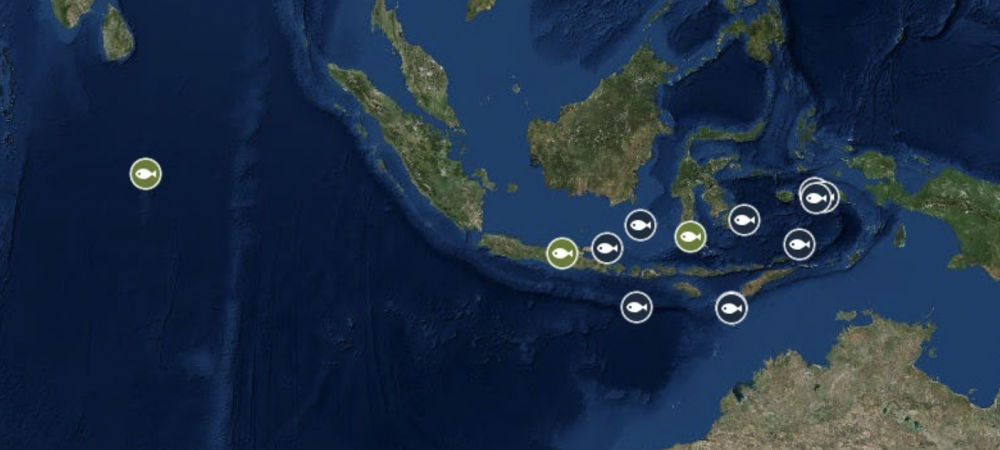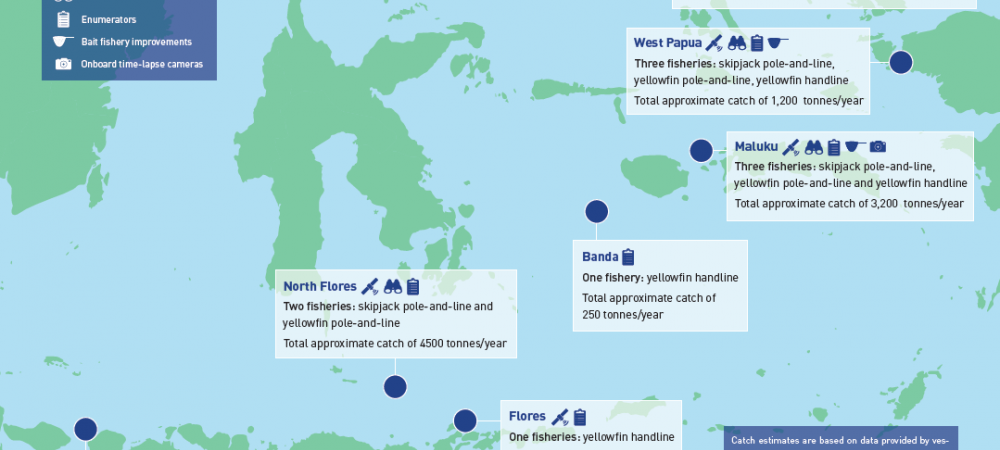Handline
How do fishers catch tuna using this fishing method?
Unlike pole-and-line methods, handline fishing does not require the use of a pole or reel, only the strength of the fisher holding the line. Techniques vary across the globe, but each fisher will typically have one line in use off the back of a stationary or anchored boat. Each line has a single hook attached at the end that is baited. Handliners generally use natural baits such as squid, chopped pieces of scad mackerel, hairtail and tuna. Natural bait may be replaced by artificial bait or lures. Once a tuna takes the bait and becomes hooked, the fisher hauls in the line by hand. Sometimes a mechanised reel is also used to help organise the line and prevent tangles. Once the tuna has been landed on the boat, it is quickly placed in ice to maintain freshness before the fisher then resets the line in search of the next fish.
Handlines are typically used at the surface waters, because this reduces the effort for the fisher when hauling the fish from the water on board. However, handlines can also be used to fish at greater depths, with the capacity to set hooks hundreds of metres below the boat. As a result, these methods are well suited to targeting large adult tuna that forage in deep water. Specifically targeting larger tuna at depth can provide more financial gain for these fishers per fish, while also avoiding sexually immature, juvenile tunas, which tend to aggregate near the surface waters. The surface juveniles are then more likely to grow larger, spawn, and reproduce before being harvested, which will also increase the sustainability of this species and stock.
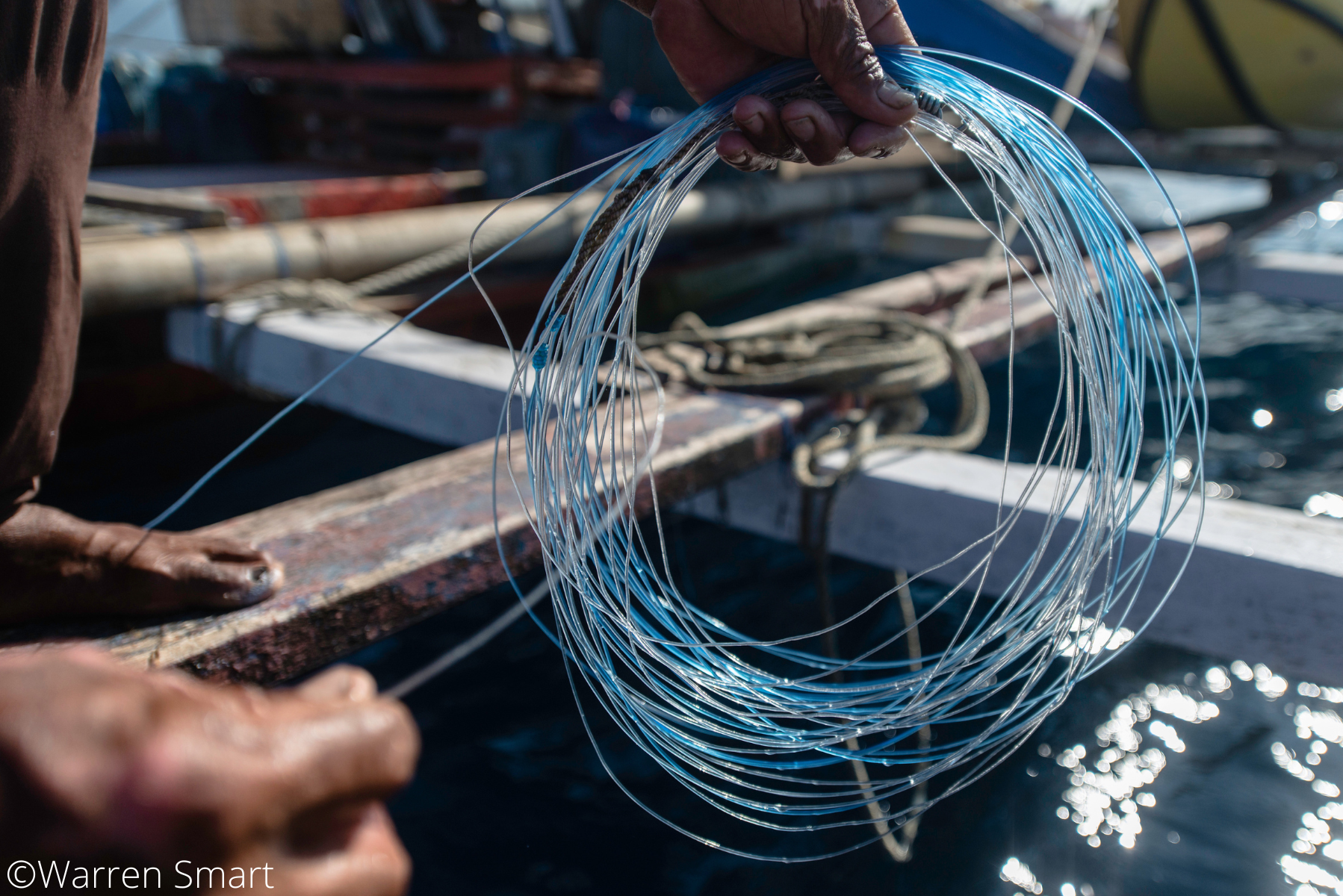
Gallery
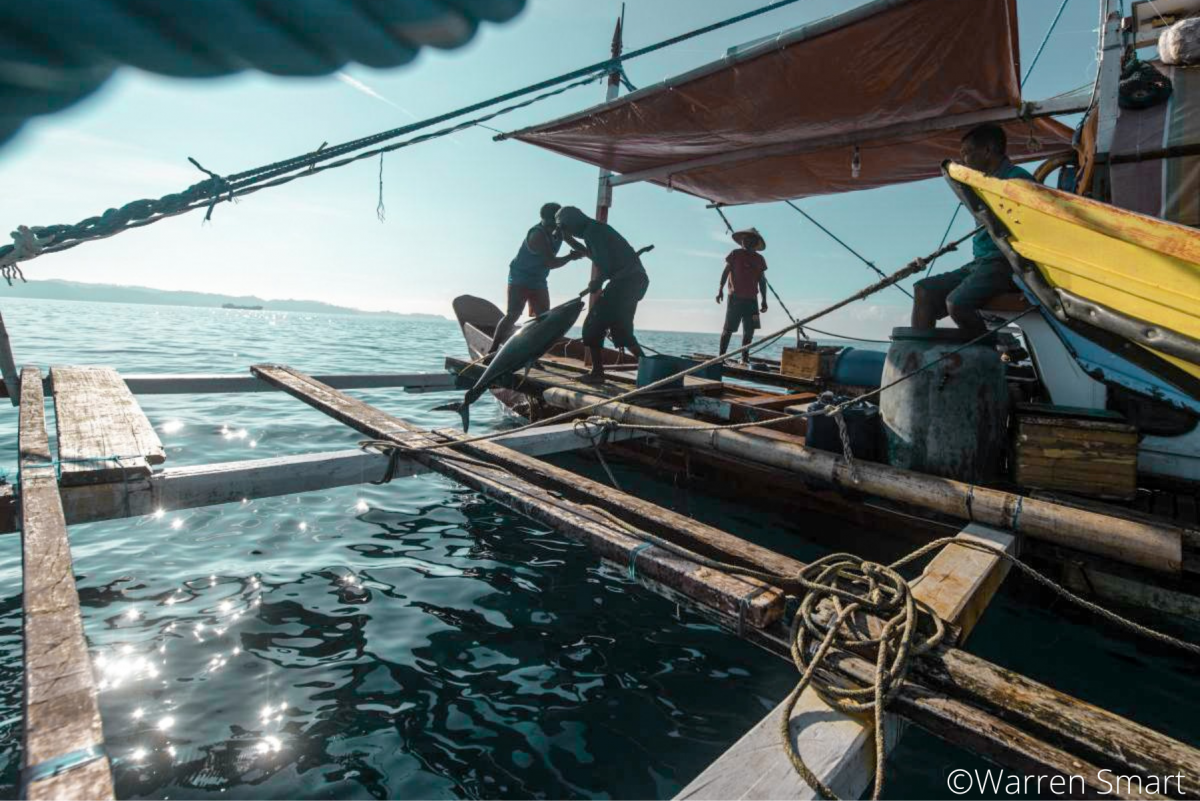
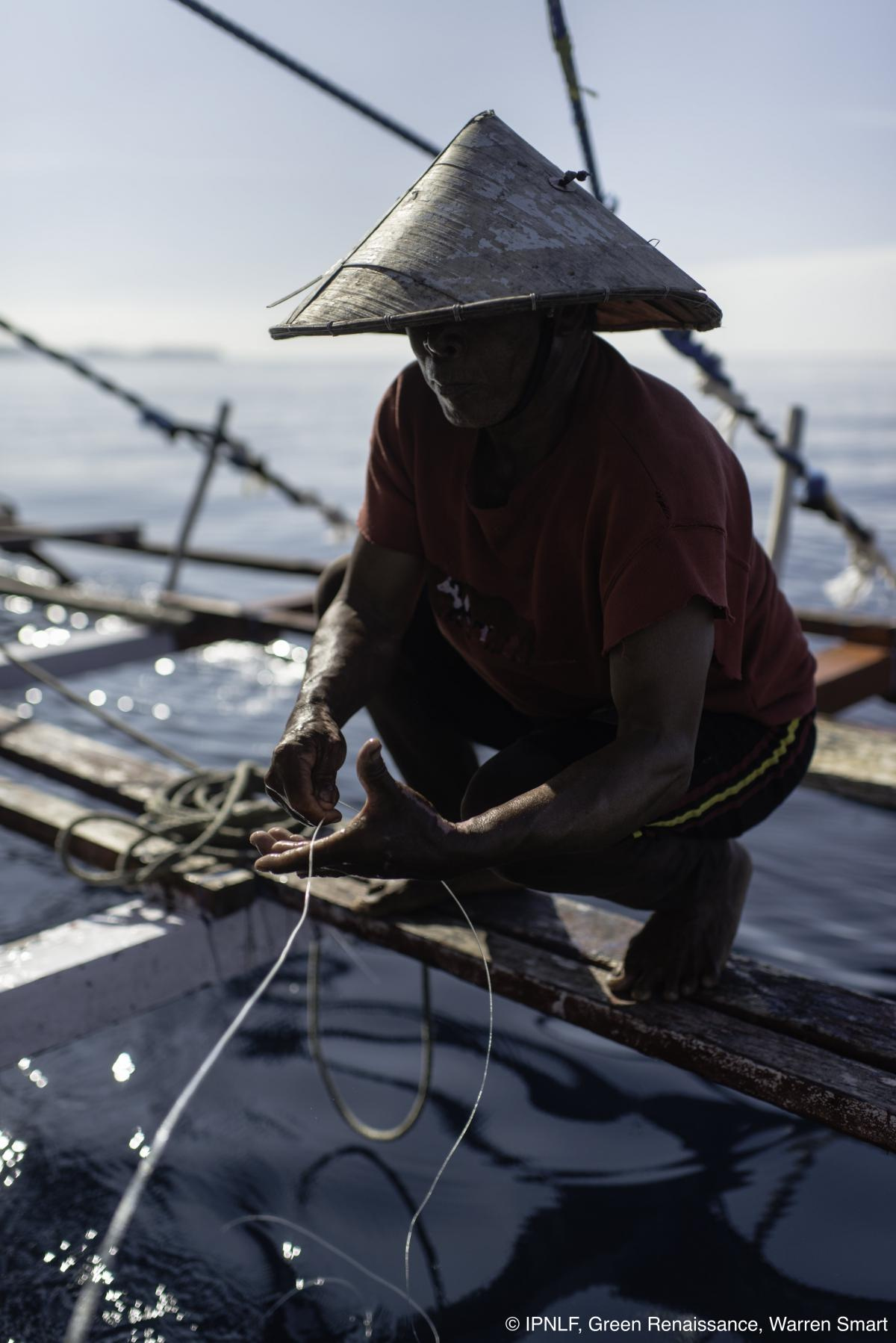
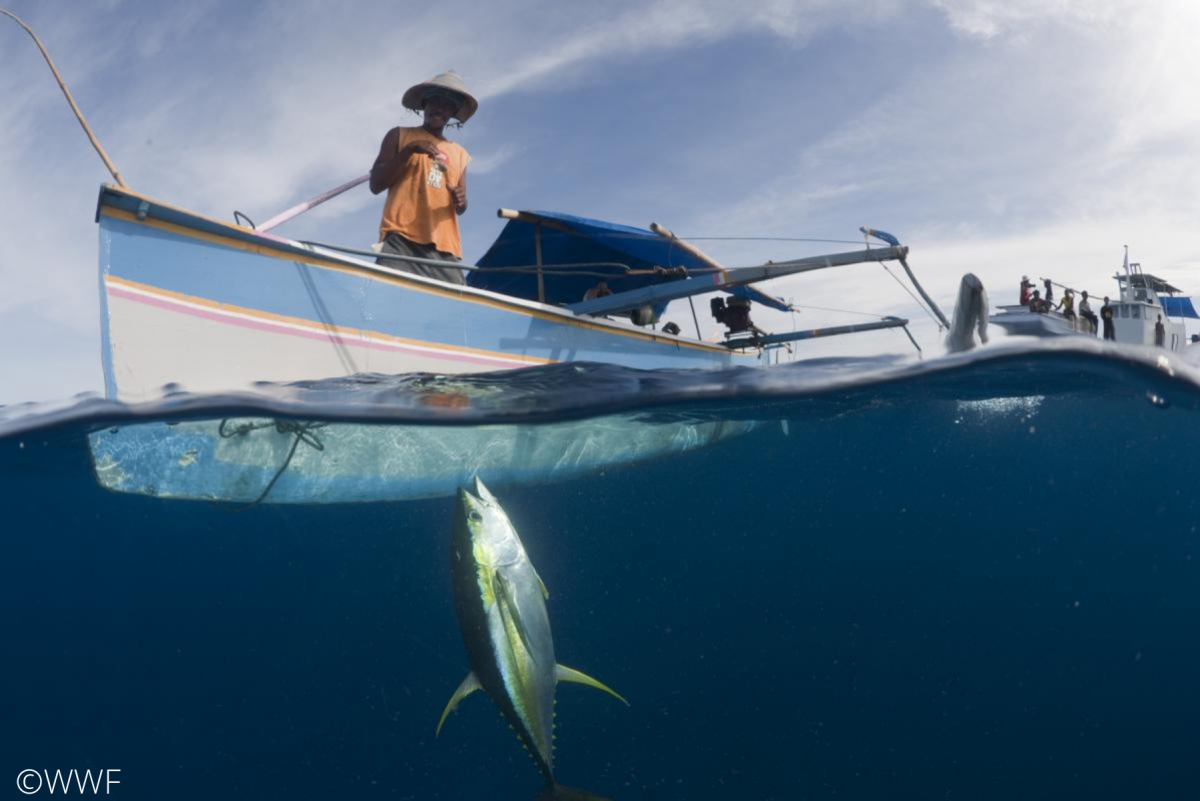
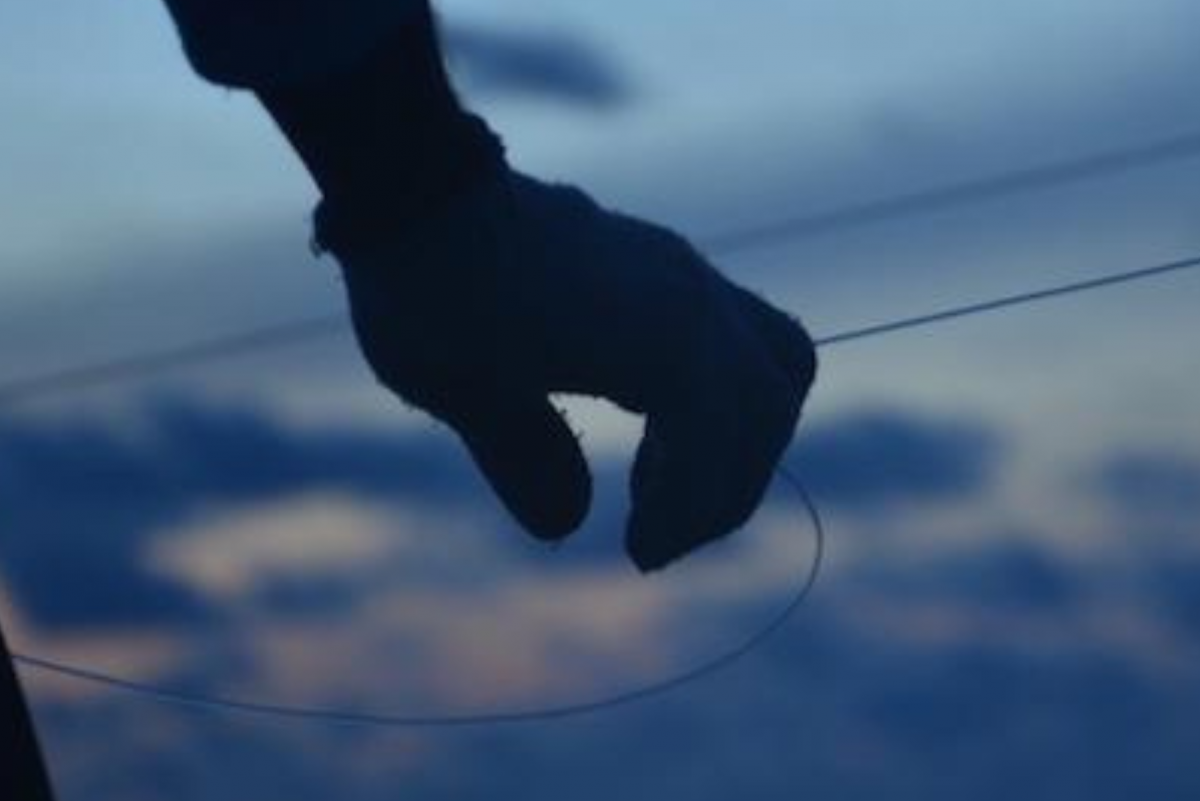
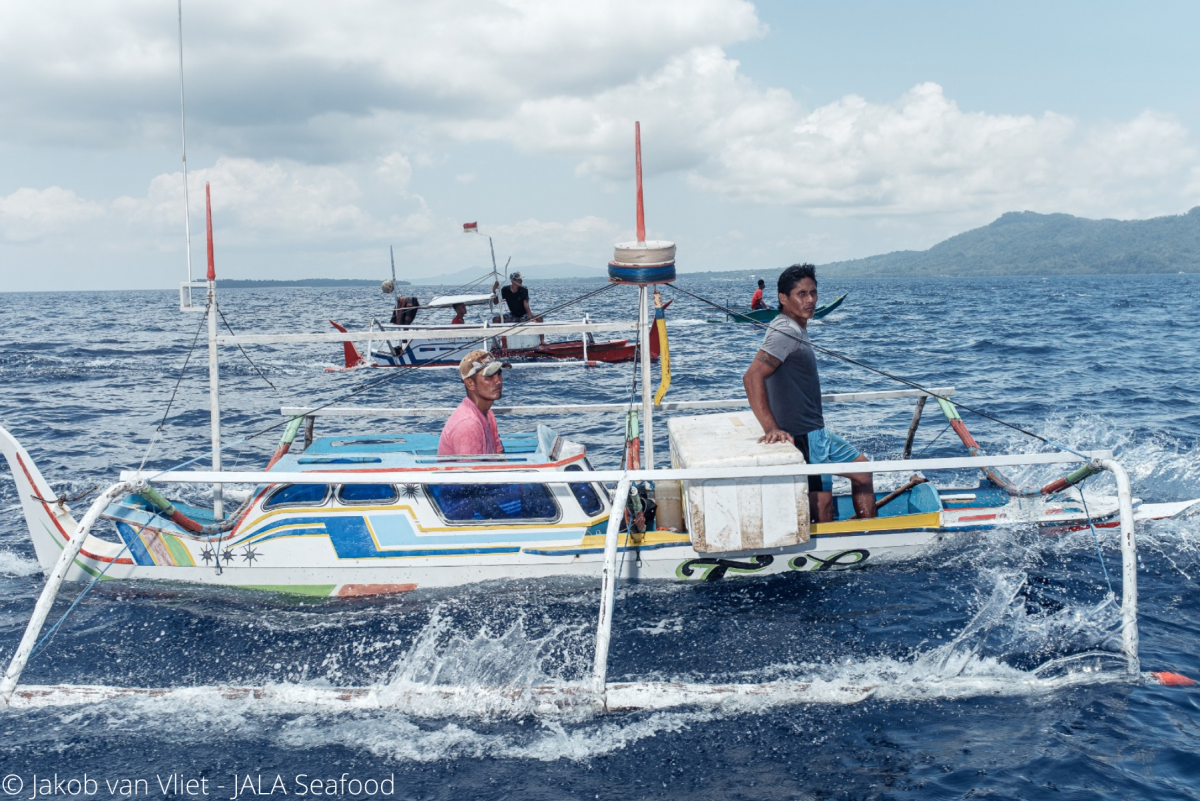
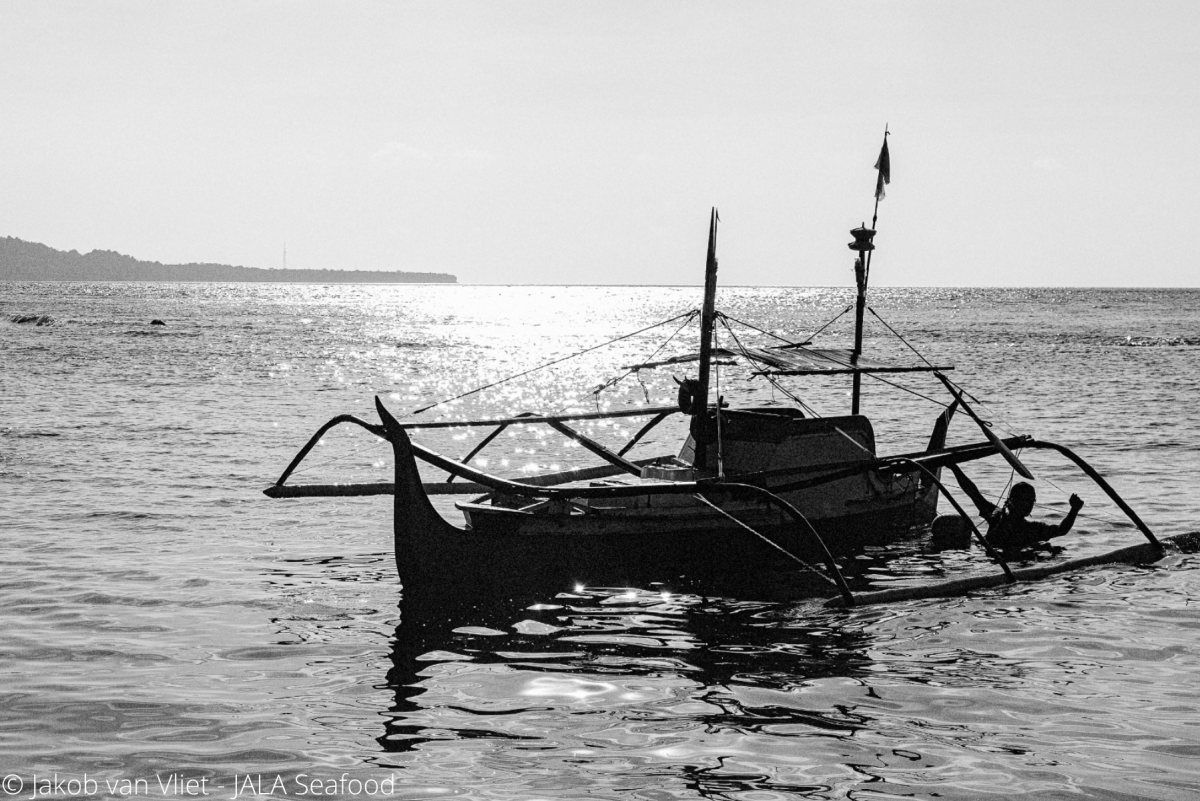
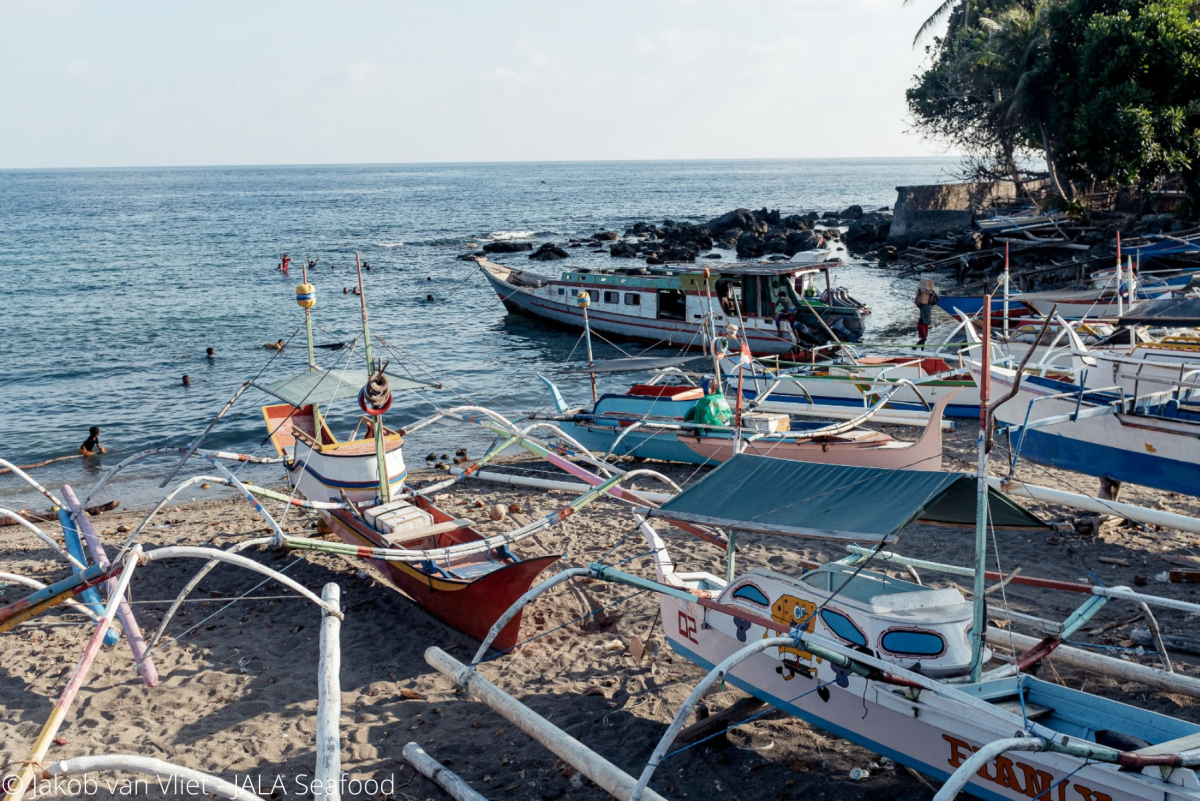
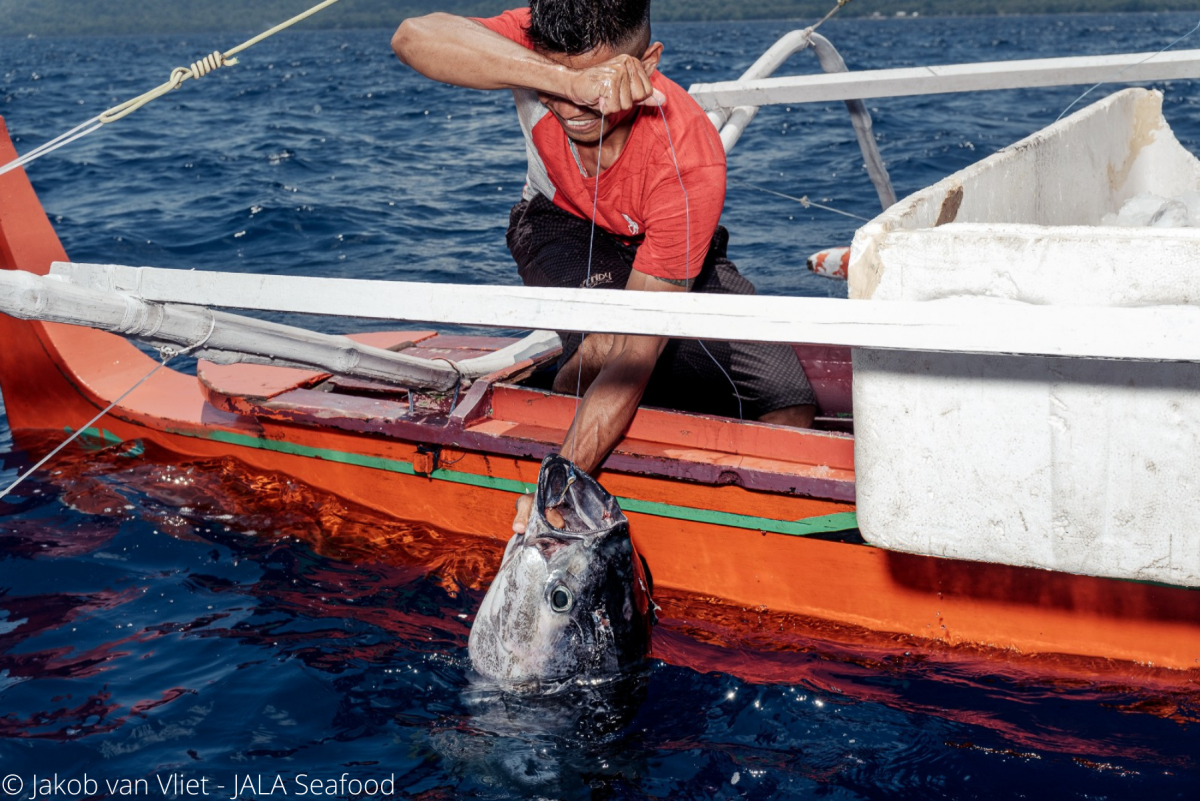
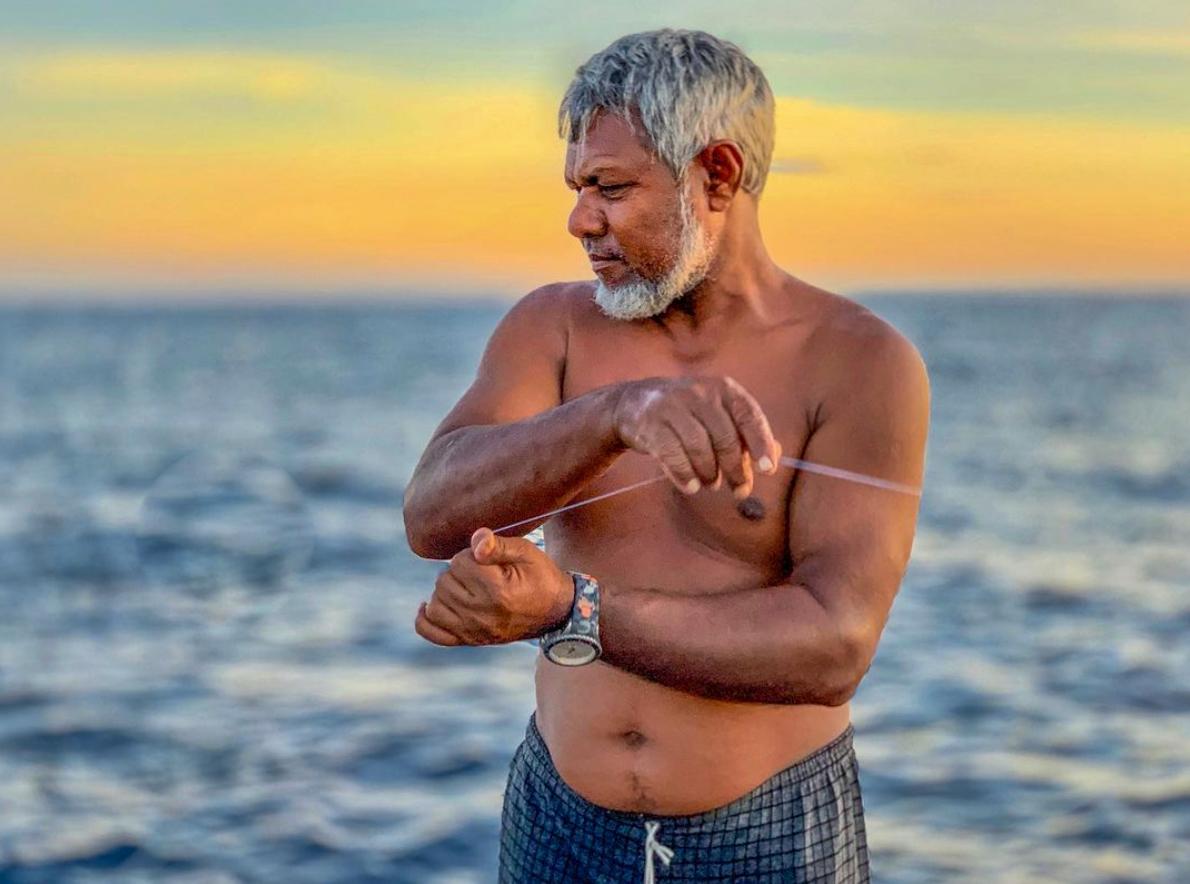
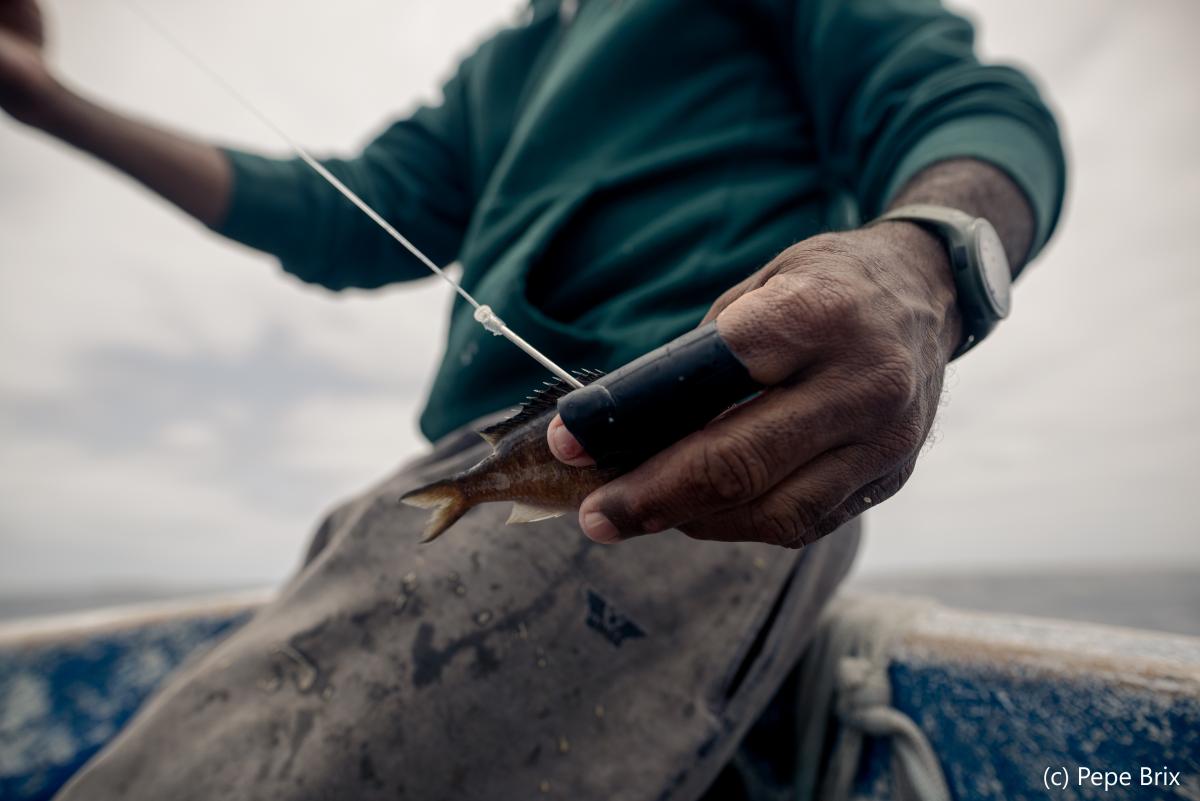
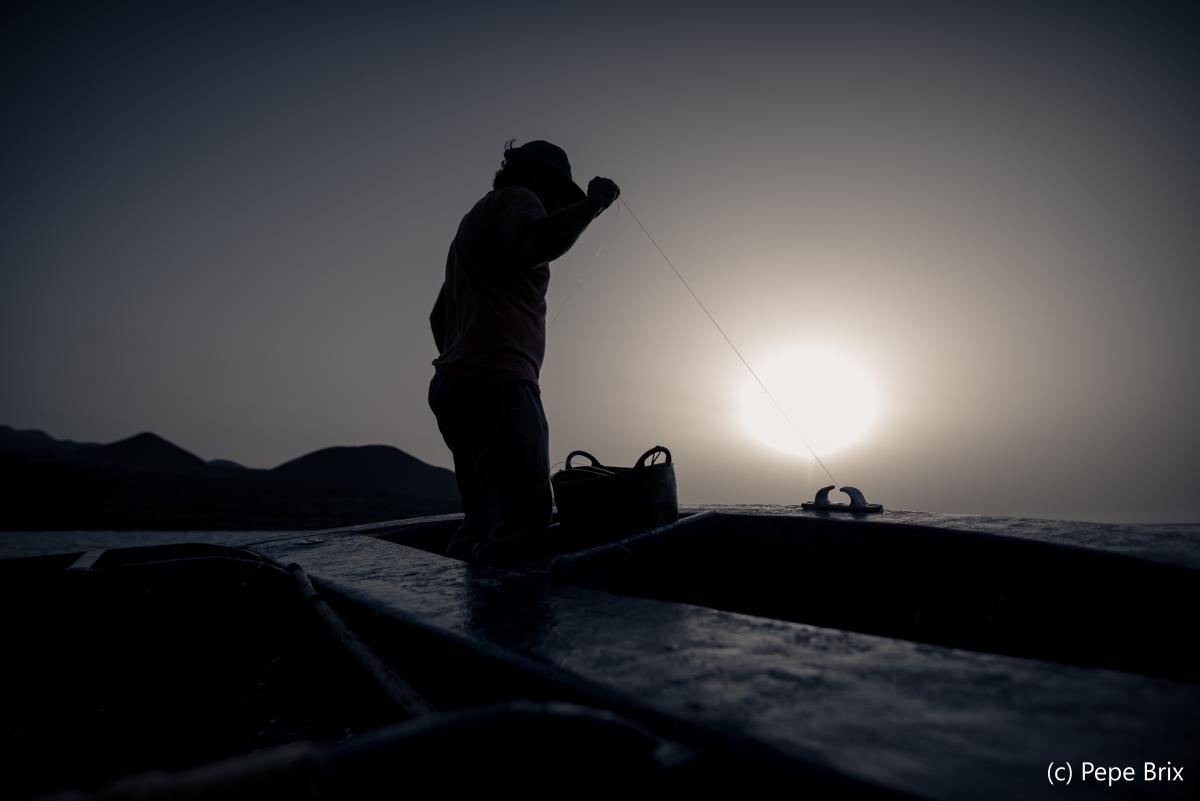
Which fisheries use Handline fishing?
Tuna handline fisheries can vary between really small artisanal boats catching one or two large fish per trip to larger handline boats which stay out for 4-5 days at a time before landing their catch. Some of the artisanal handline fishers don’t even have motorised vessels, and instead paddle or sail out to the fishing grounds. Typically, handline fishing methods are used to target large, adult yellowfin and bigeye, that are often found in small schools feeding in deep waters. Tuna caught in this way supply global fresh-frozen markets as well as domestic markets in coastal states.
Geographic distribution
The technique is widely used in Indonesia and the Philippines, and throughout the Pacific, Indian, Atlantic Oceans and the Mediterranean Sea.
Handline fishing events vary throughout the year as a direct result of the different migratory patterns of tuna species. Across different seasons and countries, tuna availability will vary, and handline fishing will follow suit.
Handline Fisheries

